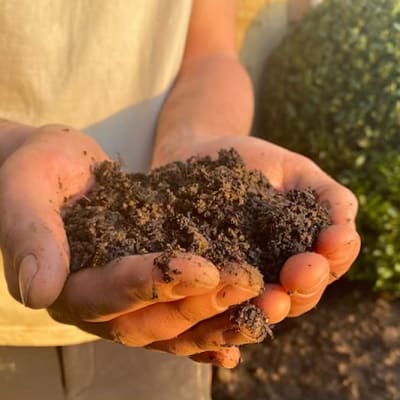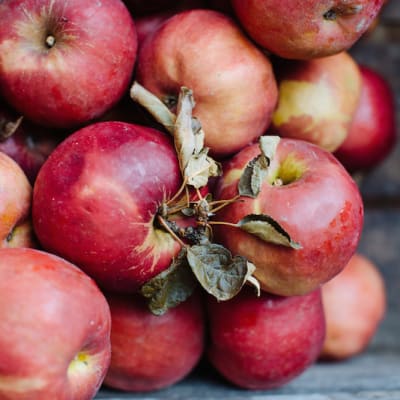This week at The Newt, our gardeners have been busy sowing varieties of squash, cucumber, pepper and aubergine for later in the year, and harvesting the first of the spring crops: radishes, spring cabbages and purple sprouting broccoli.
But there’s a reason why early spring is known as ‘the hunger gap’- while there’s lots in the ground, not much is ready for picking. Thankfully, nature tends to have a way of providing, so this also happens to be a great time to head out foraging in the countryside, where you’ll find bumper crops of leafy ramsons – more commonly known as wild garlic. Which is precisely what our chefs have been up to.
Ben Abercrombie, head chef of The Botanical Rooms, is a keen forager and is always looking for creative ways to use the entire lifecycle of a plant. He wanted to share some tips on using the lifecycle of wild garlic so that you enjoy it now, right through to the end of summer.
With both antibiotic and antibacterial properties, this immune-boosting perennial can be found growing deep inside hedgerows, woodland and forest, transforming the floor with a carpet of green and delicate white flowers. It prefers the damp, so you’ll often find it growing next to a trickling stream…and are likely to smell its garlicky aroma before you spot it!
“Although its fragrance is strongest at this time of year, wild garlic is not just for spring. By looking at the plant beyond its leaf, we can enjoy it in stages throughout the year as it grows. I’ve jotted down some ideas to get you started – so get out there and get picking.” Ben
LEAVES, March - May: Use the vibrant leaves in pesto, soup, butter and baking.
FLOWERS, May - July: Add the delicate white flowers to salads and garnishes.
BULBS, July – August: Pickle in cyder vinegar brine to make wild garlic capers.
STEMS, August - September: Cook the crunchy stems over the grill, use in place of onions, or ferment for later.
Recipe: Wild Garlic Chimichurri
200g wild garlic leaves and stalks, roughly chopped
Handful of parsley, roughly chopped
1 red onion, diced as fine as you dare
1 lemon - juice and zest
2 red chillies, seeds removed and finely chopped
A glug of cyder vinegar
4 glugs of good quality olive oil (we use Babylonstoren)
Salt & pepper
Prepare all your ingredients first so that you can adjust your heat, acidity and seasoning as you go. I like mine with a bit of heat.
Combine all of the dry ingredients in a small bowl - try not to stir too much, as a lot of movement can discolour the sauce.
Add the lemon and cyder vinegar, then slowly and gradually add the olive oil, stirring gently.
Check your seasoning and adjust to your liking. It’s really that simple.
Happy foraging!




